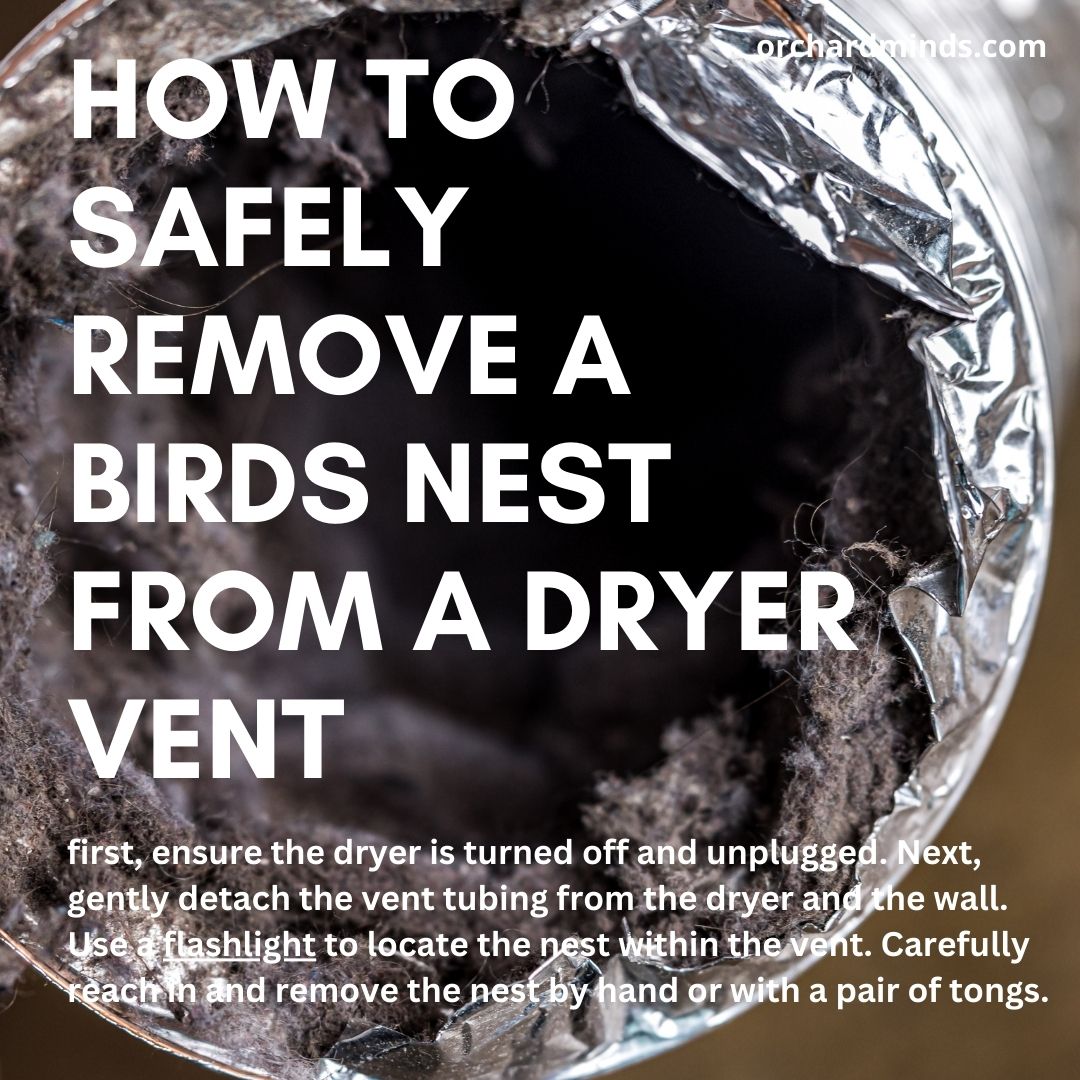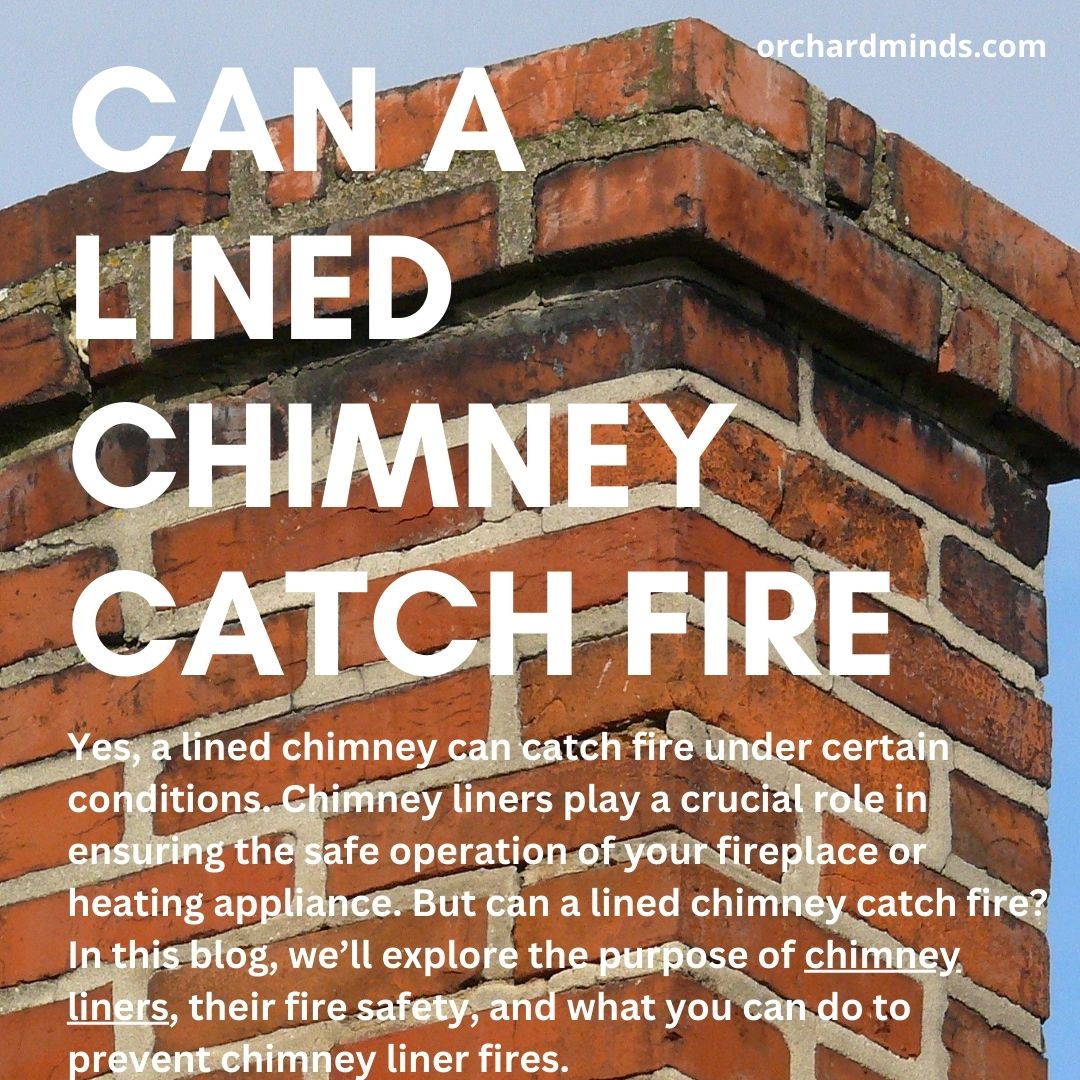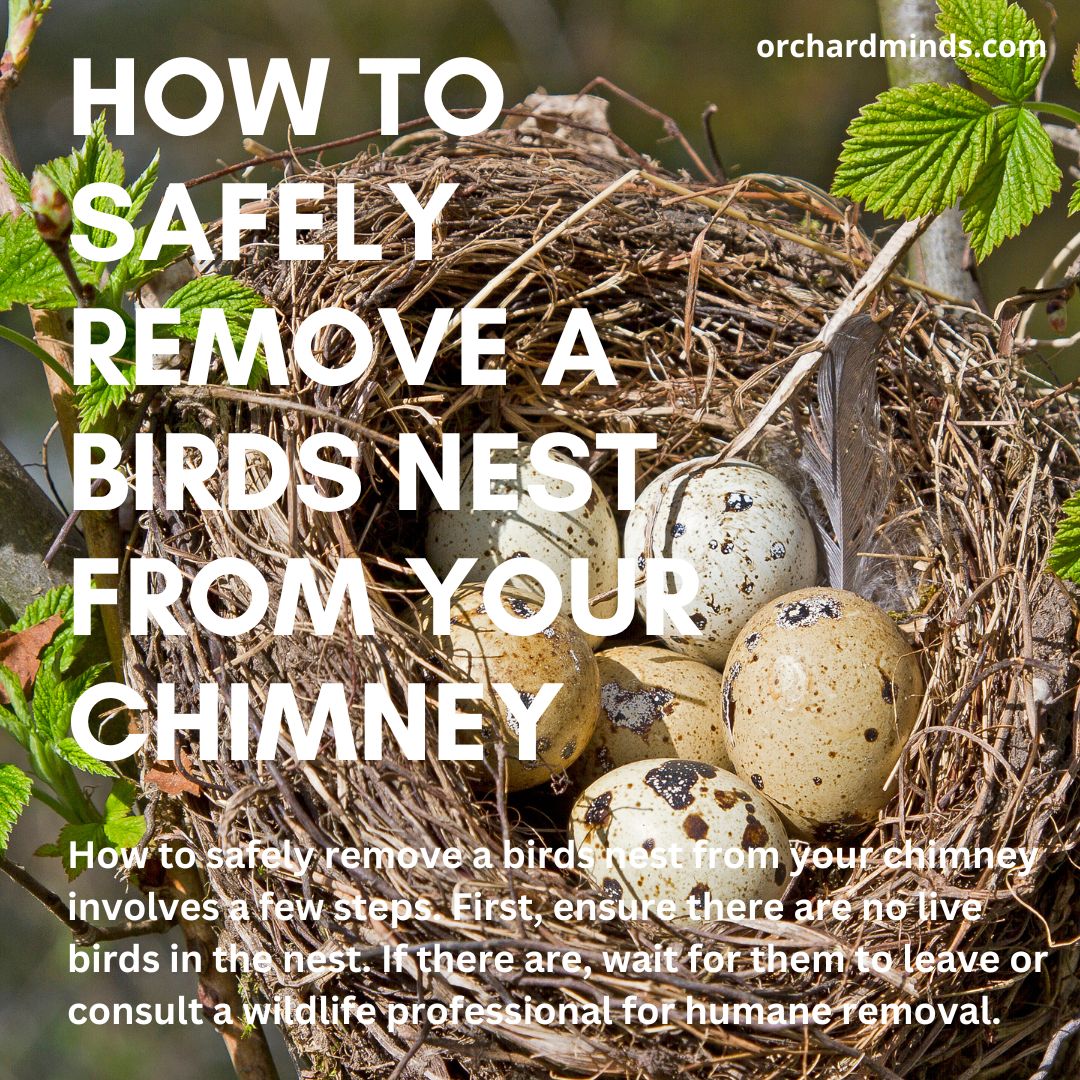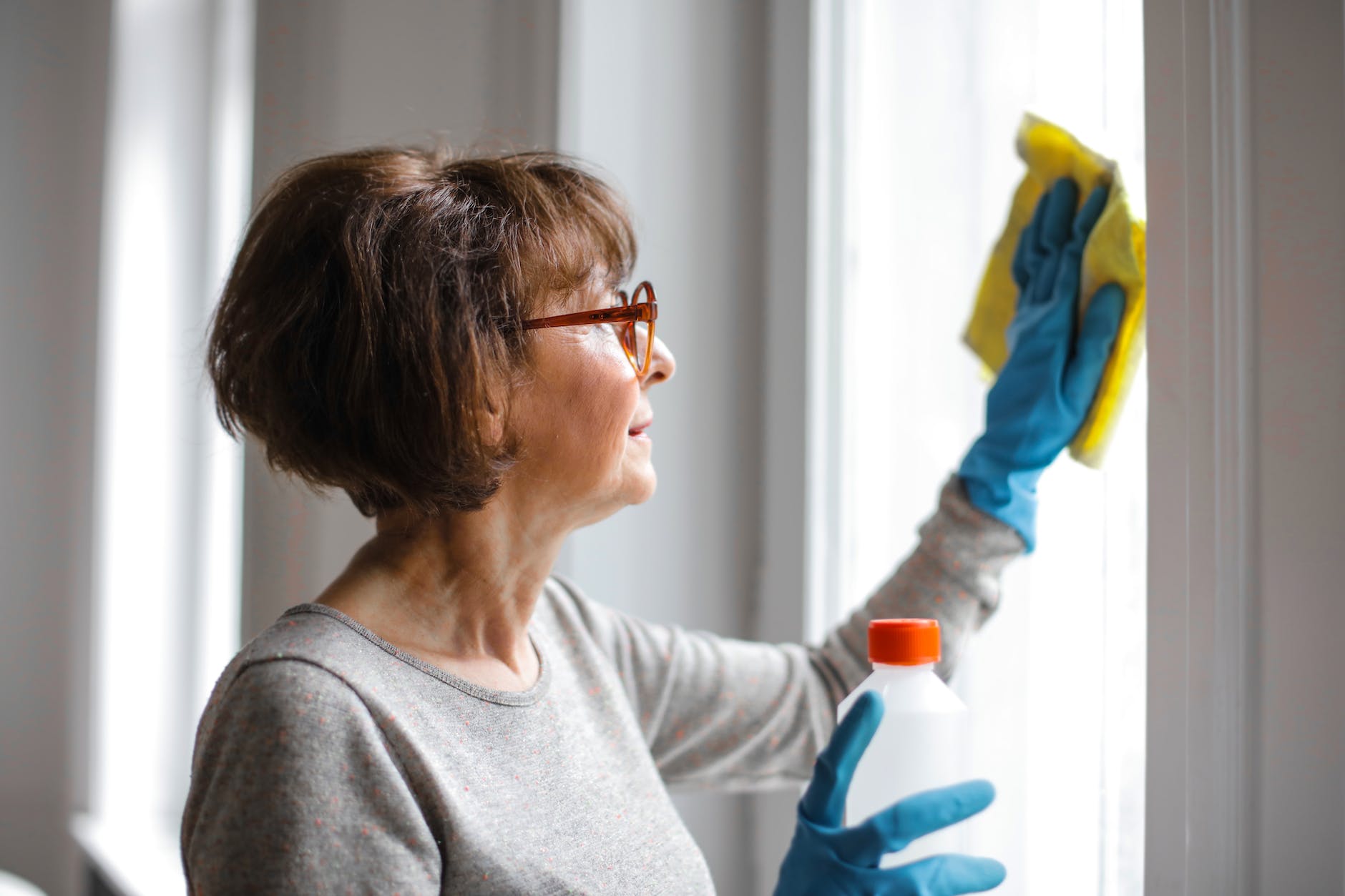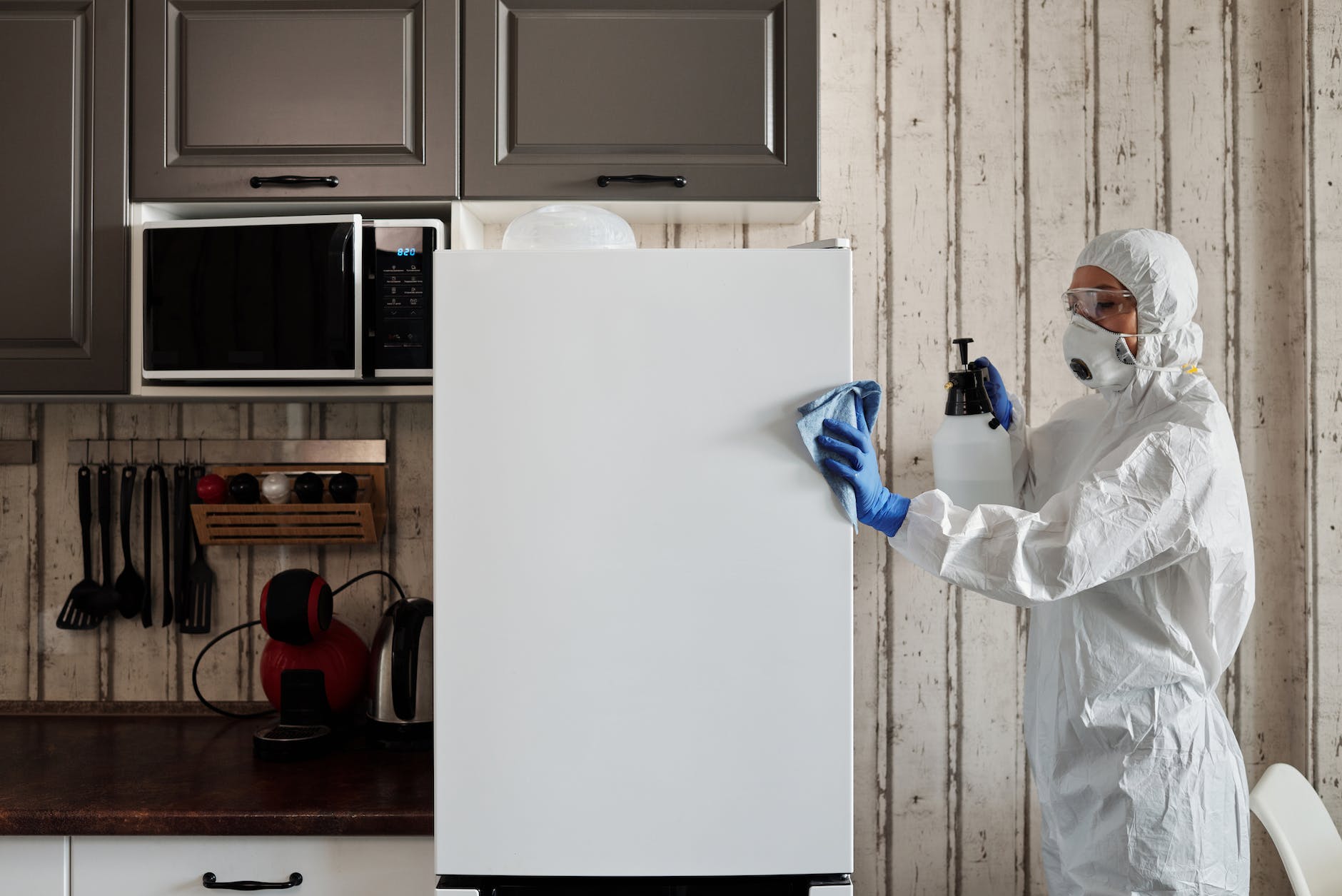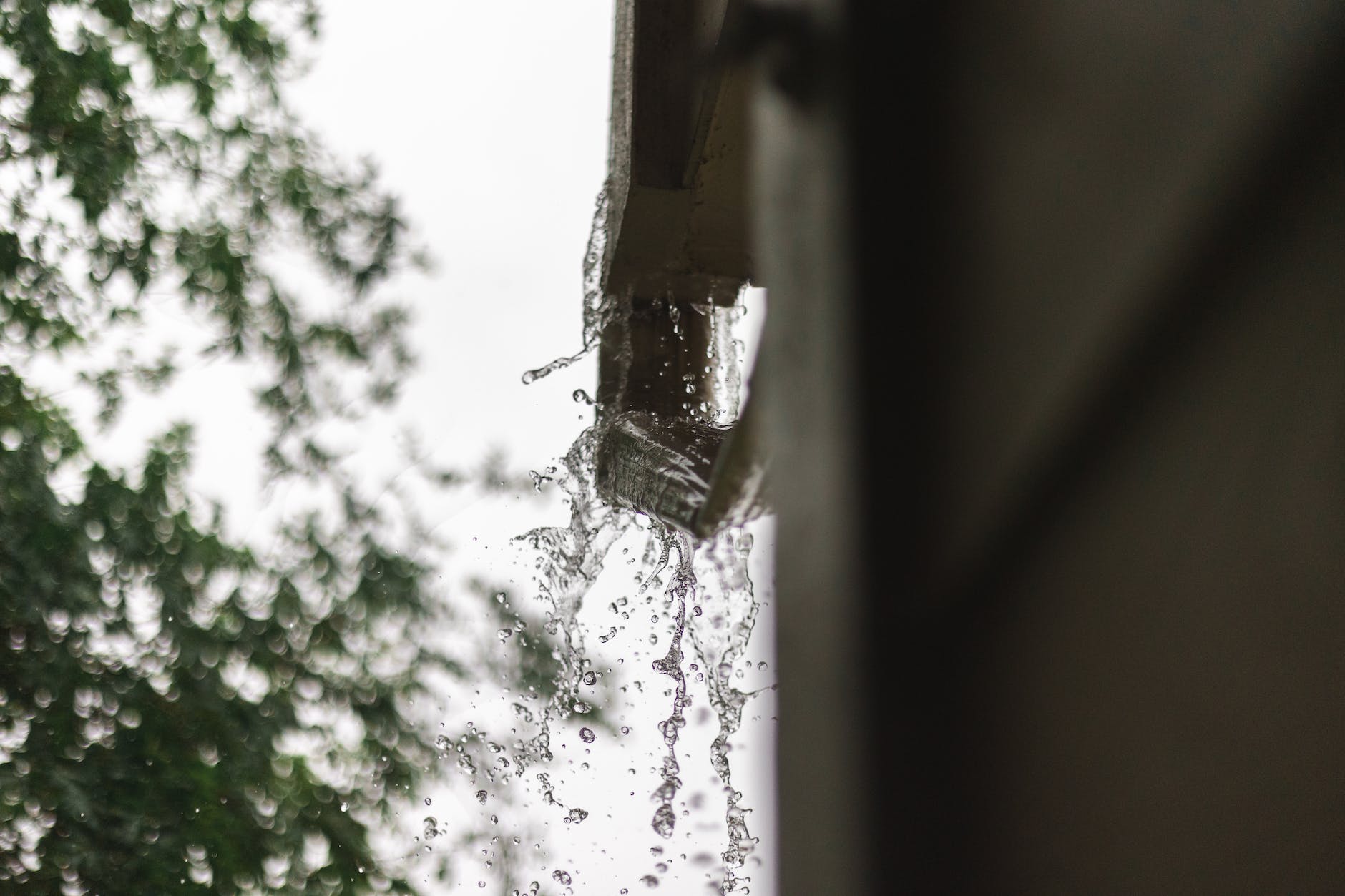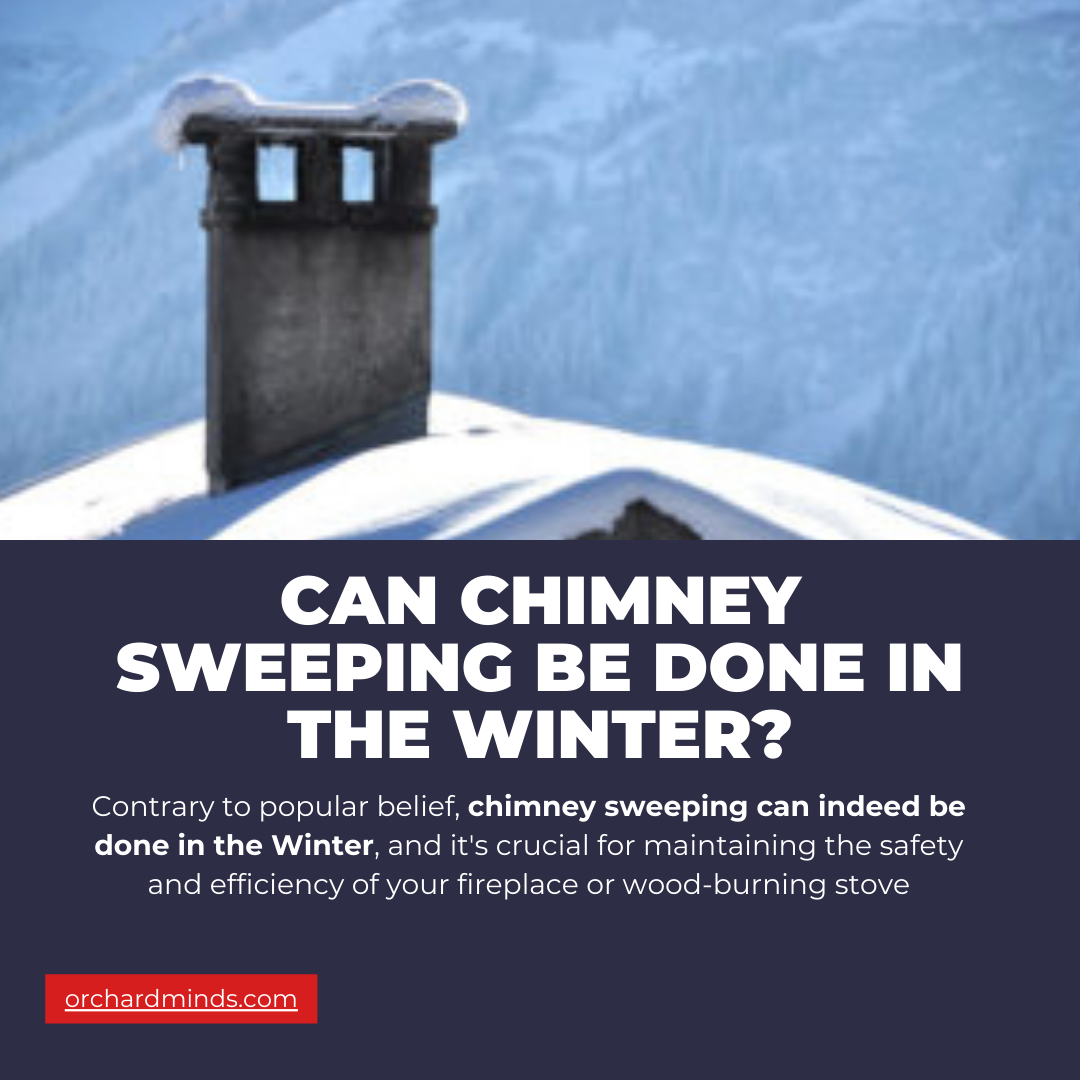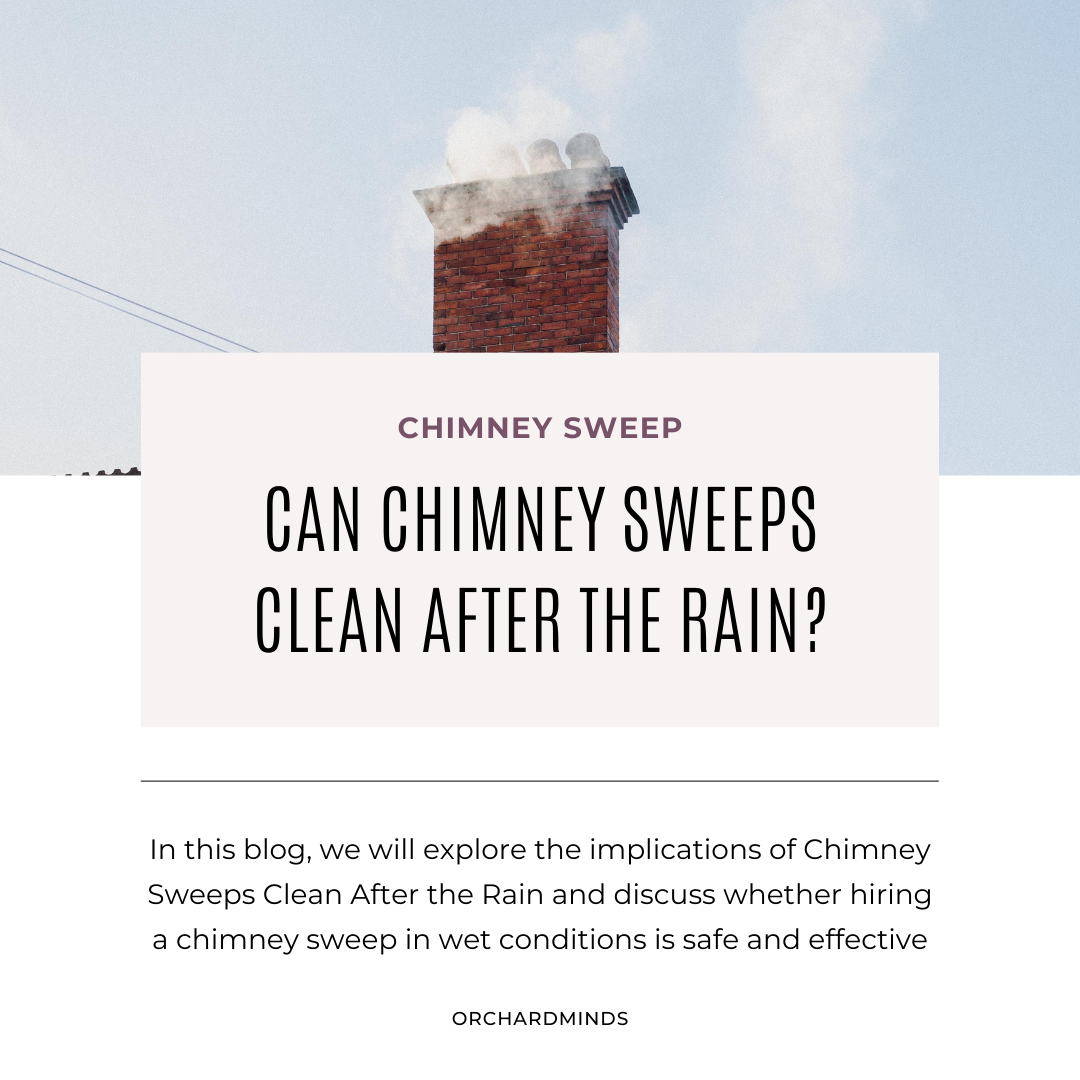How to safely remove a birds nest from a dryer vent, first, ensure the dryer is turned off and unplugged. Next, gently detach the vent tubing from the dryer and the wall. Use a flashlight to locate the nest within the vent. Carefully reach in and remove the nest by hand or with a pair of tongs. Ensure that no live birds are present before proceeding. Once the nest is removed, clean the vent tubing and inspect it for any damage. Reattach the tubing securely, plug in the dryer, and test it to ensure proper airflow. Consider installing a vent cover or bird guard to prevent future nesting.
What to Do About Birds in a Dryer Vent
If you have birds in your dryer vent, it’s essential to address the issue promptly. First, turn off and unplug your dryer for safety. Carefully inspect the vent to ensure there are no live birds present. If no live birds are inside, you can remove the nest by hand or with tools. Clean the vent, inspect for damage, and reattach it securely. To prevent future nesting, consider installing a vent cover or bird guard. If live birds are present, it’s advisable to contact a wildlife professional for humane removal to ensure the birds’ safety and compliance with wildlife protection laws.
Safely Removing a Bird’s Nest from Your Dryer Vent: A Step-by-Step Guide
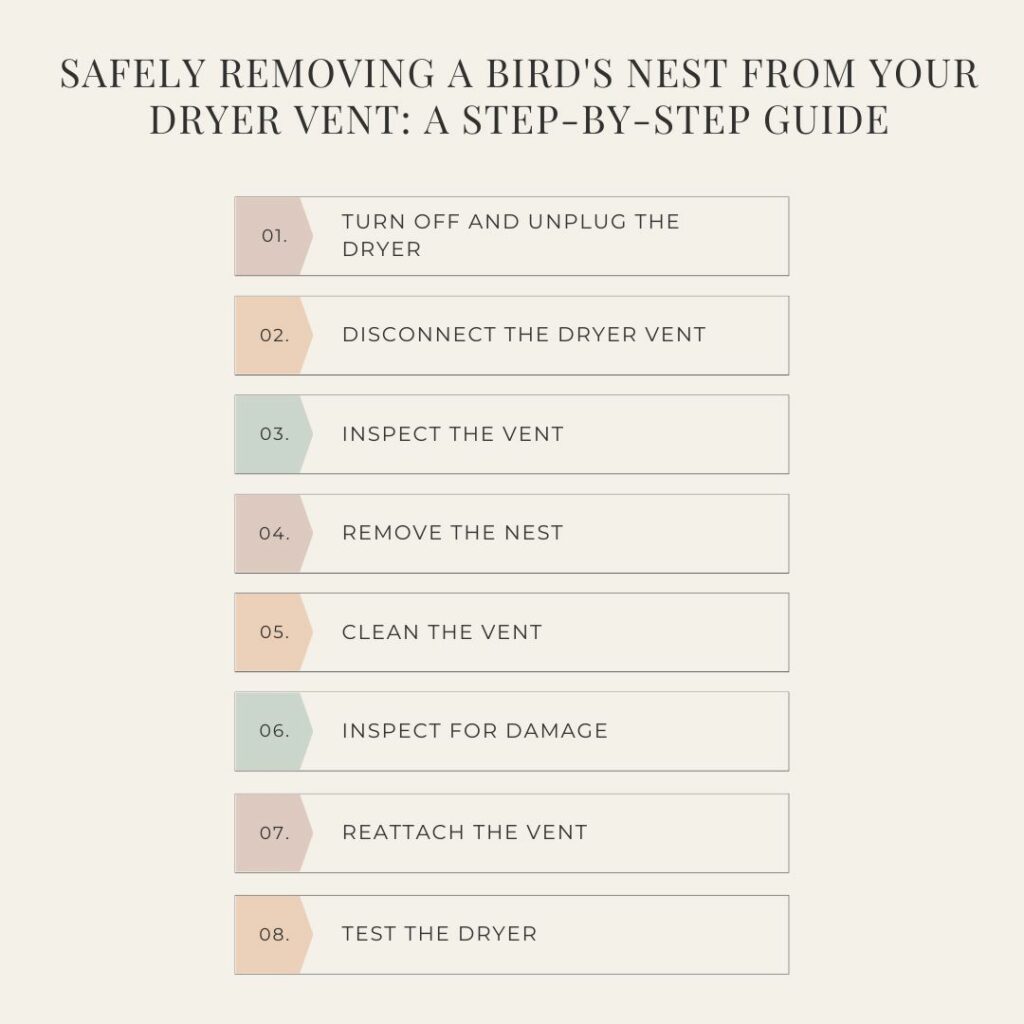
Step 1: Turn Off and Unplug the Dryer. Before you start, please turn off your dryer and unplug it from the power source. Safety should always come first.
Step 2: Disconnect the Dryer Vent. Gently detach the vent tubing from both the dryer and the wall. This will provide you with access to the nest.
Step 3: Inspect the Vent. Use a flashlight to inspect the vent tubing and locate the bird’s nest. Ensure there are no live birds present before proceeding.
Step 4: Remove the Nest. Carefully reach into the vent and remove the nest by hand or with a pair of tongs. Be gentle to avoid damaging the vent or any residual nesting materials.
Step 5: Clean the Vent After removing the nest, clean the interior of the vent tubing to remove any remaining debris or nesting materials. Use a vent-cleaning brush or a vacuum cleaner with a hose attachment to reach deep into the vent.
Step 6: Inspect for Damage Inspect the vent tubing for any damage caused by the nesting or the removal process. Replace or repair any sections that are compromised.
Step 7: Reattach the Vent. Securely reattach the vent tubing to both the dryer and the wall. Ensure it’s properly connected to prevent future nesting.
Step 8: Test the Dryer Plug in your dryer, turn it on, and run a test cycle to confirm that proper airflow has been restored. Ensure everything is functioning as it should.
Step 9: Prevent Future Nesting Consider installing a vent cover or bird guard over your dryer vent to prevent future nesting. These devices allow for proper ventilation while keeping birds out.
How to Get Birds Out of a Dryer Vent Gently
To gently remove birds from a dryer vent, start by turning off and unplugging the dryer for safety. Carefully detach the vent tubing to access the birds. If there are live birds present, it’s essential to contact a wildlife professional for humane removal to ensure the birds’ safety and compliance with wildlife protection laws. If there are no live birds, gently remove the nest by hand or with tools. After removal, clean the vent, inspect for damage, and securely reattach it to the dryer and wall.
How to Keep Birds Out of a Dryer Vent
Preventing birds from entering your dryer vent can be achieved by installing a vent cover or bird guard. These devices allow for proper ventilation while creating a barrier that keeps birds out. Regularly inspect and maintain the cover to ensure it remains effective. Additionally, consider periodic checks to confirm there are no nests or blockages in the vent, especially before the nesting season begins. Taking these steps will help keep birds out of your dryer vent and maintain efficient dryer operation.
FAQs about how to safely remove a birds nest from a dryer vent
Are birds nesting in my dryer vent a common problem?
Yes, birds nesting in dryer vents is a relatively common issue, particularly during the nesting season.
Can birds nesting in my dryer vent be a fire hazard?
Yes, birds nesting in dryer vents can pose a fire hazard due to blockages and the accumulation of flammable nesting materials.
What should I do if I discover live birds in my dryer vent?
If you find live birds in your dryer vent, it’s best to contact a wildlife professional for humane removal to ensure the safety of the birds and compliance with wildlife protection laws.
How can I safely remove a bird’s nest from my dryer vent?
To safely remove a bird’s nest from your dryer vent, follow a step-by-step guide that includes turning off and unplugging the dryer, carefully detaching the vent, and ensuring there are no live birds present before removal.
What preventive measures can I take to keep birds out of my dryer vent?
Preventing birds from entering your dryer vent can be achieved by installing a vent cover or bird guard. These devices create a barrier while allowing proper ventilation. Regular inspections and maintenance of the cover are essential for effectiveness.
Can birds nesting in dryer vents impact dryer performance?
Yes, bird nests in dryer vents can restrict airflow, reduce dryer efficiency, and prolong drying times. This can lead to increased energy consumption and wear on the dryer.
Are there specific times of the year when I should be more vigilant about birds nesting in my dryer vent?
Bird nesting in dryer vents is more common during the nesting season, which varies depending on the region but often occurs in early spring to early summer. Be especially vigilant during this time.
Are there any health risks associated with bird nests in dryer vents?
Bird nests may contain contaminants such as bird droppings and parasites that can pose health risks. Removing nests and ensuring proper ventilation can mitigate these risks.
